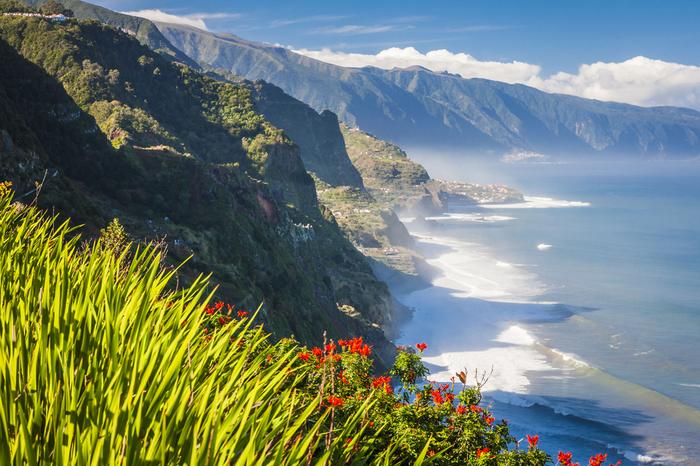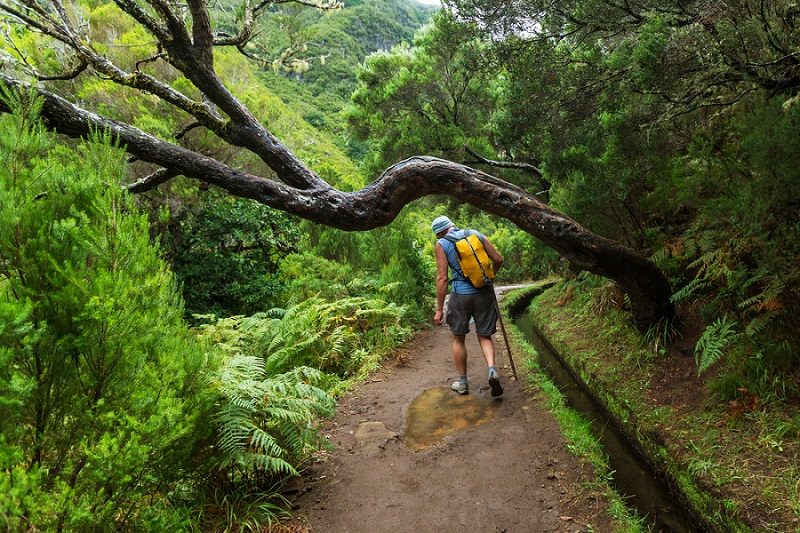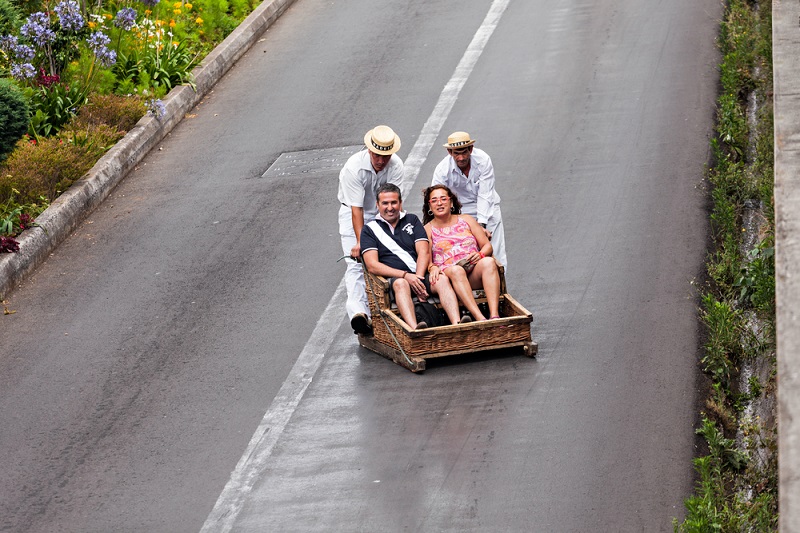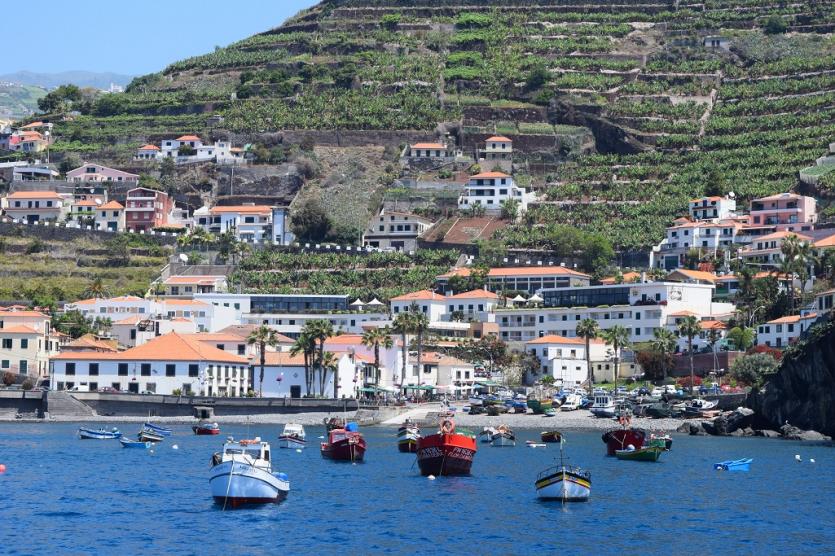Photo: Thomas Krych | The World Daily
The World Daily - Travels Desk | MAY 2021
If you're looking for a place to bask in any season, go to Madeira. On the island of "Eternal Spring", the air temperature never drops below 15 degrees C. However, this is not the only reason why you should plan your stay in Madeira.
The volcanic island in the Atlantic, 850 km west of Lisbon, is said to be the perfect retirement destination. Madeira is not Ibiza, full of club music or the Canary Islands, thick with half-naked bodies.
Madeira is distinguished. The days are for walkers and tourists and the nights are calm and quiet. In pre-pandemic times, only on Friday evening, young people gathered in front of small venues in Funchal, the capital and largest city of the island. But the young people discuss in small groups, holding in their hands inseparable glasses with ponchos, a drink made of rum, honey, lemon juice and orange. The meetings are held in a friendly and subdued atmosphere, and the participants give the impression that, yes, they quite like their city, but would rather live and have fun in Lisbon or Porto.

Photo:Shutterstock
Why Madeira?
Though Funchal is a fast-growing city, full of pristine basalt-paved passages, flower beds and blue-blooming jacaranda trees, the whole island feels serious and immersed in the past. Indeed, in recent years, Madeira has been entwined with a network of modern expressways that allow you to reach almost every corner of the island, and the latest generation of cable cars takes tourists to Mount Monte above Funchal, but visitors are not looking for modernity.
People come to Madeira for quintas - former residences of princes and aristocrats, turned into comfortable hotels and restaurants where you can spend fall and winter enjoying the pleasant climate of the island. People also come here for traditional, hand-made embroidery, which was once passed down from generation to generation, and today goes to the hands of wealthy clients, including crowned heads from around the world.
Madeira is also chosen for hiking along the levadas - a five-hundred-year-old network of irrigation canals that still irrigate the fields.

Photo:Shutterstock
The main attraction of Funchal, the descent down the mountain of Monte with slides (wicker baskets on skids), is an idea from over a hundred years ago.
They used to be used to transport goods from mountainous fields to the city centre. Later, European patients who were treating respiratory ailments in Monte joined them; they were carried upwards in fabric hammocks stretched between two poles. Now they are travelled by tourists looking for adventures.

Photo:Shutterstock
The four-kilometre route runs along the streets of the city, between parked cars and crosses successive intersections (don't worry, toboggans have priority). When cornering, the sled sometimes becomes sideways. Passengers then scream in terror, but the drivers efficiently guide the vehicles to the right track. Accidents are said to be extremely rare.






